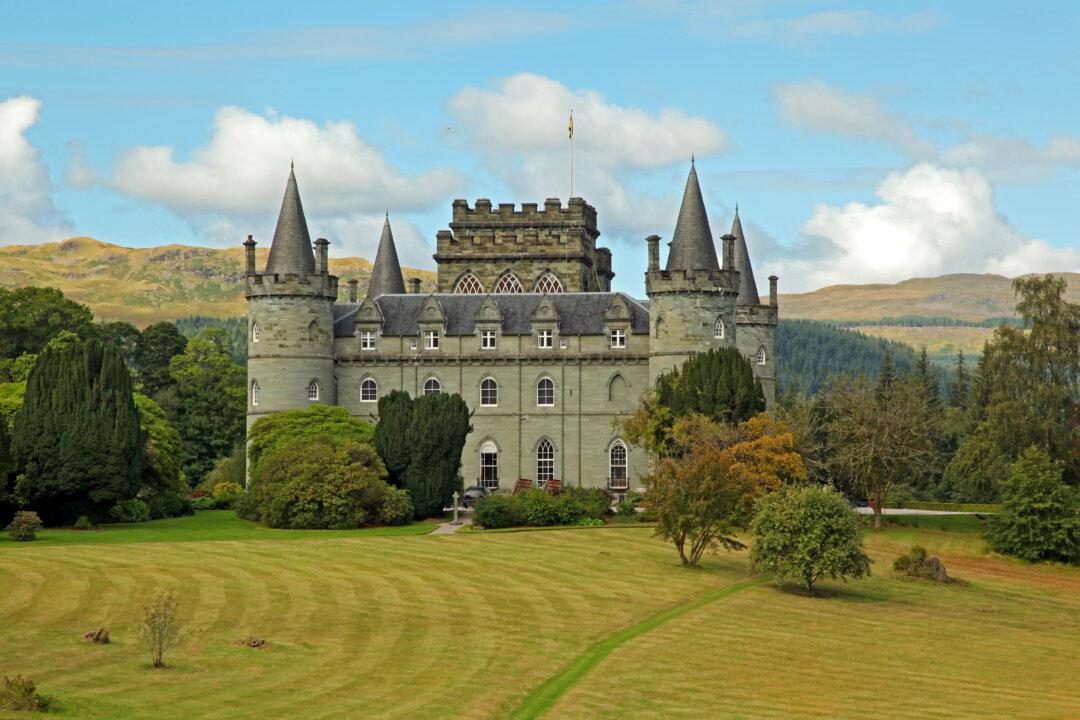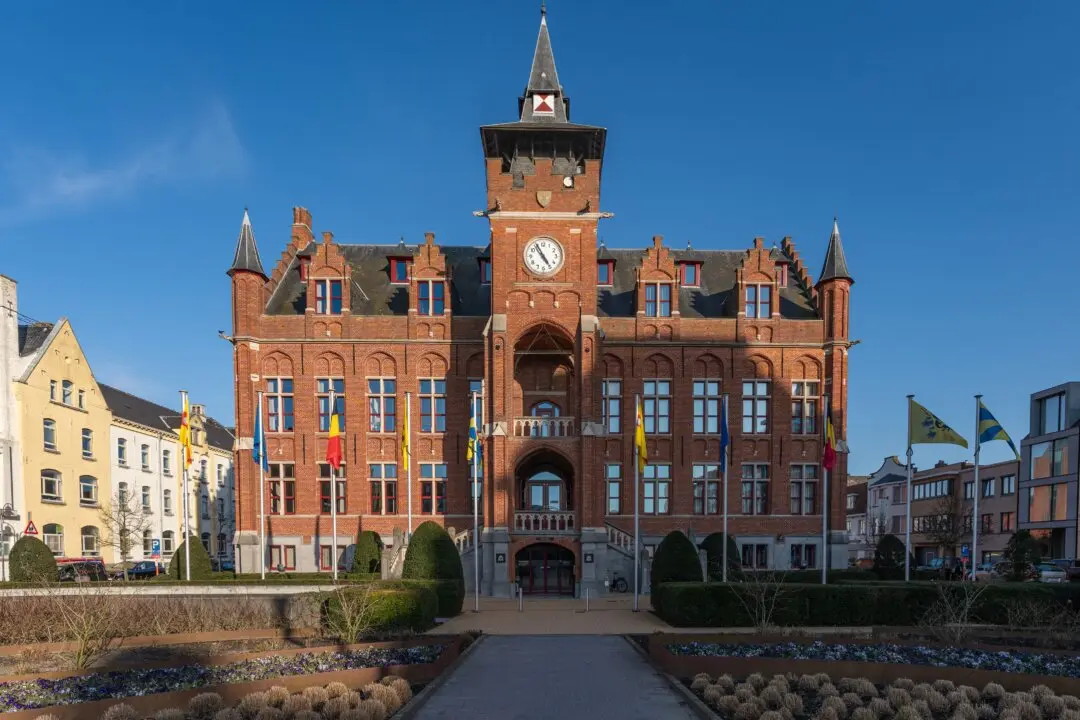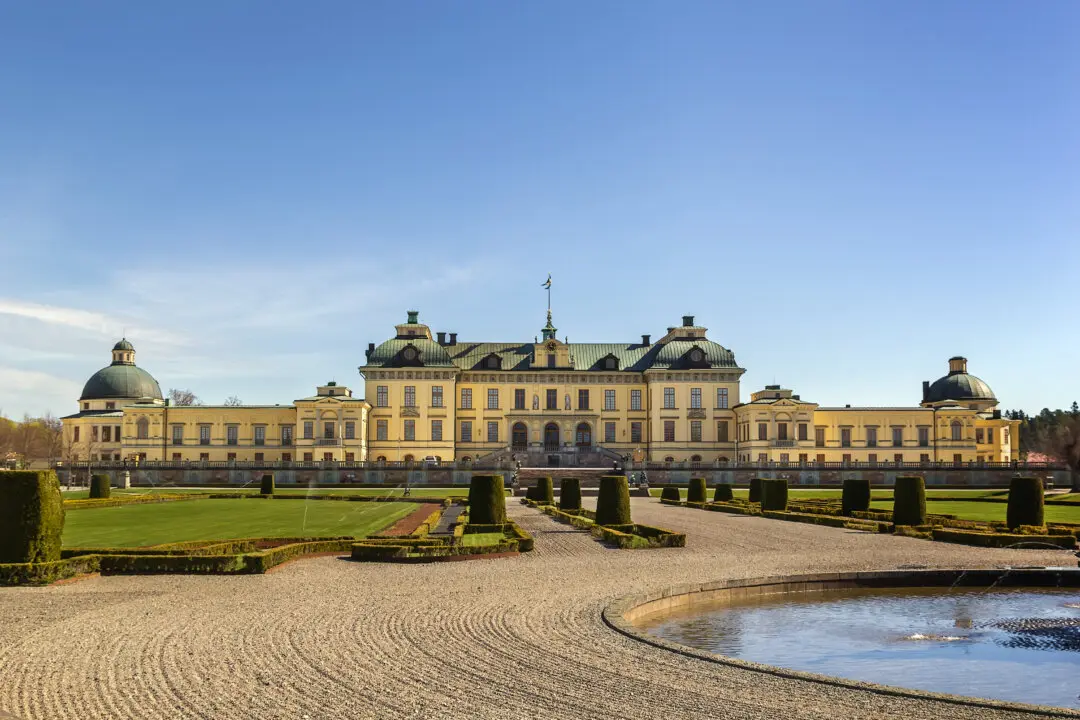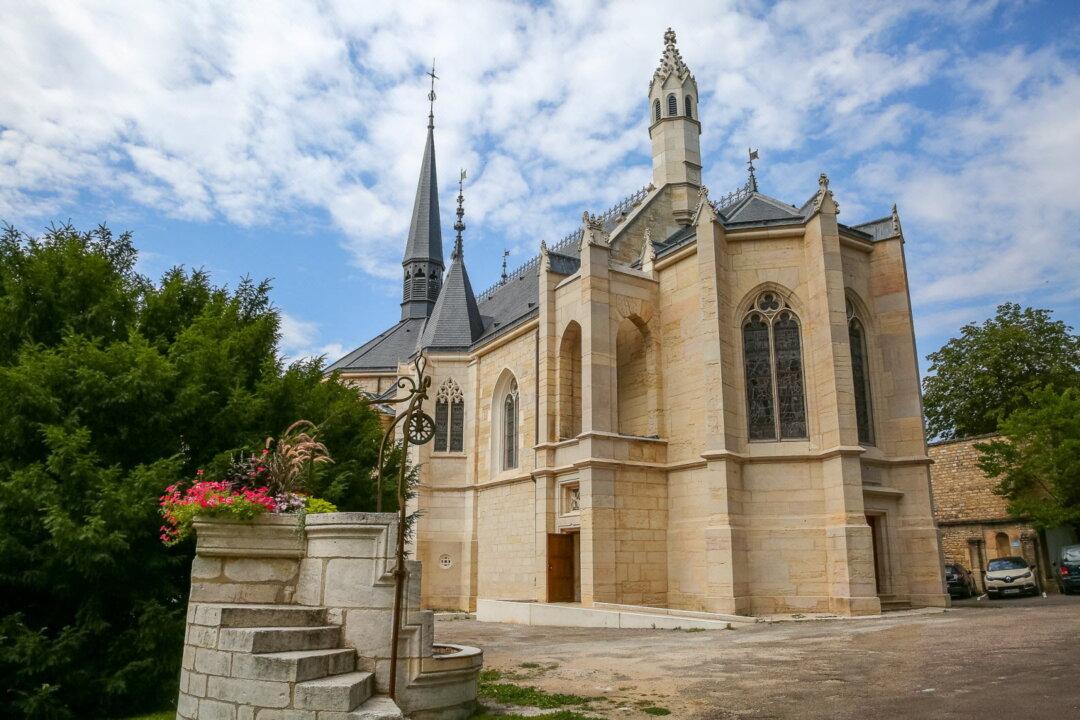The Scots have long remembered 1746 as the year when the British government outlawed kilts, tartans, and bagpipes in response to the (largely Scottish) Jacobite rebellion of 1745. Few know that 1746 also saw the staunchly loyalist Third Duke of Argyll commence an architectural project that helped Scottish culture become beloved throughout the Kingdom. The project was Inveraray Castle, built in the Gothic style. At the time, that was an unusual decision.
For over half a century, Scotland’s major architectural projects had been dominated by classicism. Gothic was out of favor for large-scale building in Britain. Construction of the most famous mid-18th-century Gothic work, Strawberry Hill House, didn’t begin until 1749.





